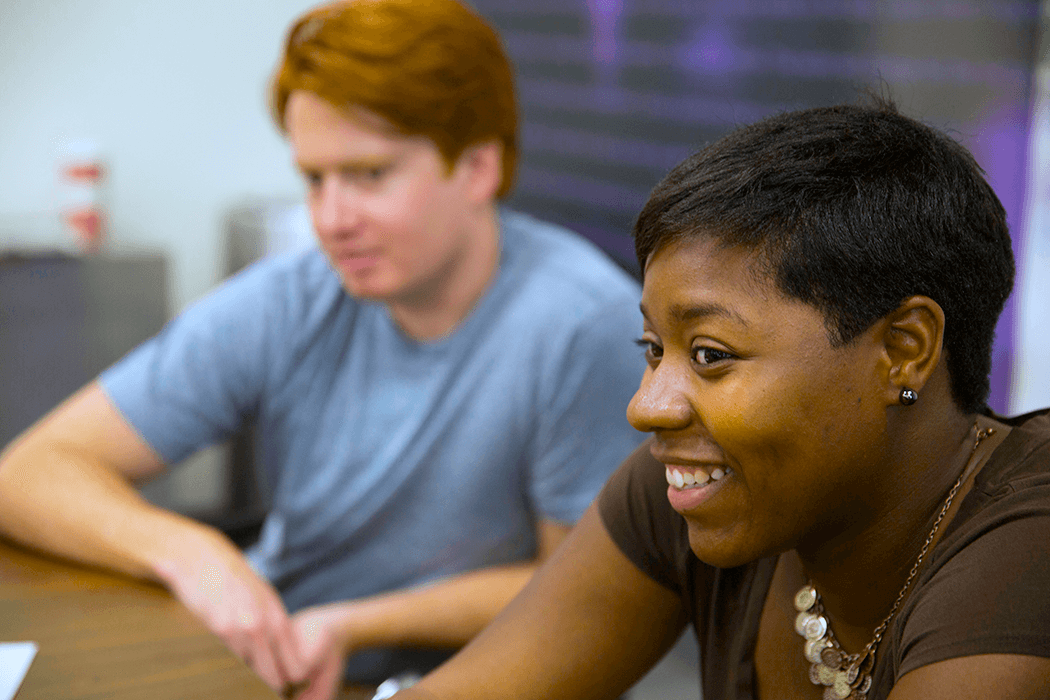Empowering Young Entrepreneurs
Posted on February 27, 2025

I’ve worked as a productive thinking facilitator for most of my professional life—strategy sessions, creative problem-solving workshops, innovation initiatives, conflict resolution, mediation, community engagement, organizational restructuring, and negotiations, from mergers to breakups.
I’ve also been a major fan of FourSight—since before it was even called FourSight. (Did you know it used to be called the Buffalo Creative Process Inventory?) Since then, It’s gone through thousands of refinements, validations, and use cases. And though it’s more robust and elegant now than in those early days, it was always a powerful tool to help groups work more effectively, more efficiently, and more productively.
One thing I can say for certain: as a facilitator, FourSight has never failed me. It’s made my sessions better, my groups better, and me better.
But I’ve never had a use case quite like the one I experienced a few weeks ago at LaunchU, the innovation incubator sponsored by my alma mater, Oberlin College.
I was working with about 50 students and alums, comprising several teams. They were beginning a month-long bootcamp during which they had to develop their projects, create business models, marketing plans, prototypes, and then present their projects to potential angels. Fortunately, Oberlin in January is very much an indoor experience, so they had plenty of time, if not daylight hours, to invest.
Shortly after meeting them, I discovered that not only had their ‘teams’ never worked together before, but that most of them had no idea how to work together—on anything—let alone complex, emotional-laden projects, with limited resources and high stakes. Despite embarking on tasks that would require high levels of critical and creative thinking, most of the participants had no idea what that might actually entail. They were terrific students—eager, smart, great at absorbing information—but they had almost no experience in applying their learnings to create useful outcomes, particularly in groups.
FourSight to the rescue
At the end of our first afternoon, I mentioned that I had a tool that might help them work more productively. By this time, some of them had already begun to see that this might be a good idea. I sent them links to the FourSight Assessment.
The next morning, I decided not to use the FourSight slide deck. I think it’s a great tool, but I sensed that the group had to teach itself, rather than be lectured by an outsider. So I asked them to describe what they thought the elements of good problem solving might be. Together, we identified the four essential thinking preferences and why each might be an important contributor.
Then I asked who among the group felt energized by clarifying. Several hands shot up. I chose one young woman to come to the front and talk about herself—why clarifying energized her, why she thought it was important, and so on.
I repeated the process for the other preferences. In the end, four young people were sitting in front of the group talking about themselves, highlighting what made them feel productive, and what frustrated them about the other styles. It was a great session. I was able to disappear almost completely, as the students carried the discussion, based not on theory, but on their own experiences
After that, I presented the tower building task. I assigned the four original volunteers to be one team and had the rest of the group form random teams.
The results were better than I could have hoped. The ‘balanced’ team did not build the highest tower, but they sure did build the best one, just a tad shorter than the highest, but sturdy, portable, even elegant. We talked about each team’s experiences.
Tim is an international speaker, facilitator and thought leader in the field of creative problem solving. He is also the author of Think Better and Never Be Closing.
Ready to learn more about FourSight?
Contact us today to learn more about our offer and how FourSight can help your teams work better together.
If you'd like to learn more about FourSight before scheduling a call, click below to learn about our platform and the science behind FourSight.
